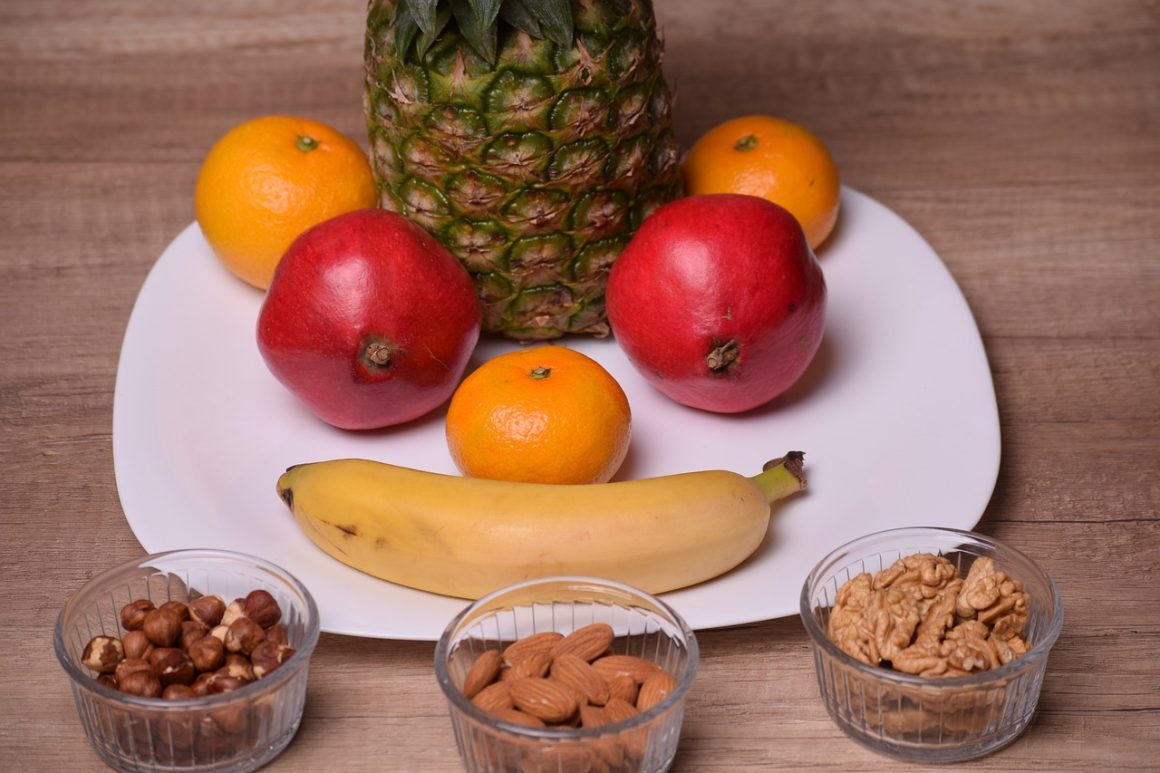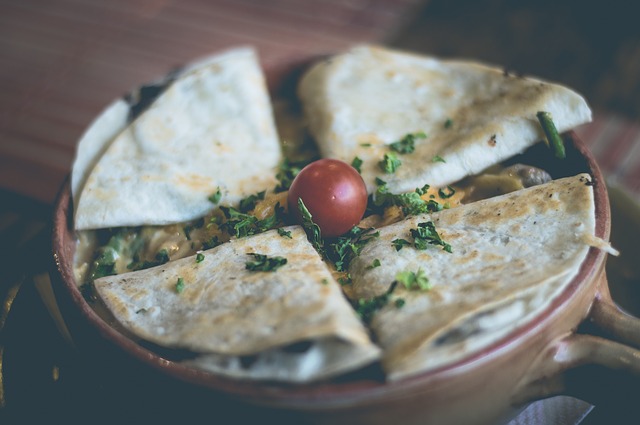Are you in the market for new nonstick cookware but feeling overwhelmed by all the choices? Ceramic and Teflon are the two most popular and readily available nonstick cookware surfaces. Teflon has been around longer and comes in a few different styles, while ceramic nonstick cookware is newer and trendier.
When deciding what nonstick cookware to buy, you should consider cost, durability, safety, cooking temperatures, style, and convenience. If you want to learn more about the pros and cons of ceramic vs Teflon, this article will tell you all you need to know.
What Makes Teflon a Popular Choice?
Teflon, the most common and classic material for nonstick cookware, is made from polymerized tetrafluoroethylene (PTFE), an organic compound. PTFE was first introduced as a coating to make pans stronger. The nonstick properties were discovered later. The name Teflon comes from the brand.
Teflon is a great choice if you are new to cooking. It is easy to use, heats up quickly, and is easy to clean. It is also the least expensive type of nonstick cookware and is readily available. It does not require the use of much oil, and the Teflon coating is sturdy as long as you use it properly.
Are there any disadvantages to Teflon cookware? Teflon is not the most durable coating for nonstick pans. If you’re not careful with it, the coating can peel off or wear out leaving you at risk of exposure to toxic chemicals and metals. Another disadvantage to Teflon is its poor heat retention, which means it won’t keep your food warm for very long.
At what temperature does Teflon become toxic? Teflon starts to deteriorate and release toxic fumes at temperatures over 500 F. If you plan to do a lot of frying and searing at high temperatures, Teflon is probably not the best choice.
Pros
- Least expensive
- Easy to clean
- Heats quickly
- Resistant and sturdy
- Lightweight
Cons
- Can peel, wear, exposure to chemicals
- Poor heat retention
- Less heat resistance
- Can’t be used at high temperatures
- Prone to scratching
What is Hard-Anodized Teflon Cookware?
Hard-anodized Teflon cookware provides a safer and denser protective surface by adding an oxidized exterior layer. The Teflon coating is applied to the oxidized layer to make the surface non-stick. This process makes the cookware more durable, resistant to corrosion, and non-reactive. It also changes the appearance of the cookware to a dark gray or almost black color. Calphalon is the brand that invented hard-anodized aluminum cookware and is still a leading brand today.
Is anodized cookware safe? The process of creating hard-anodized cookware makes it safer than traditional Teflon nonstick pans. The oxidized layer is twice as hard as stainless steel, doesn’t peel off, warp, rust, or corrode, and is chemically stable and non-toxic. Another advantage to hard-anodized Teflon cookware is its even heat conduction property.
Are there any disadvantages to be aware of? The main disadvantage of hard-anodized Teflon cookware is the high price tag. Also, it tends to be heavy to lift and lacking in variety in color and style. So if you are on a budget or want to add a splash of color to brighten up your kitchen, you might want to look elsewhere.
Pros
- Non-toxic
- Durable
- Resistant to corrosion
- Even heat distribution
Cons
- Expensive
- Heavy
- Not colorful
- Not compatible with induction cooktops
Is Stainless Steel Teflon Cookware a Good Option?
Stainless steel cookware is a popular choice, but it is hard to clean. Fortunately, companies such as All-Clad now offer stainless steel nonstick cookware. Stainless steel Teflon cookware mixes different metals, bonds them between steel layers, and coats them with a non-stick surface. Stainless steel Teflon cookware is high in quality and compatible with all cooktops including induction.
Stainless steel Teflon cookware has a few downsides. It doesn’t distribute heat as evenly or heat up as fast as hard-anodized cookware. It is less durable requires more care during cleaning, and is more expensive.
Pros
- High quality
- Compatible with all cooktops
- Easy to clean
Cons
- Doesn’t distribute heat as well
- Slow to heat up
- Expensive
Why is Ceramic Nonstick Coating Becoming Popular?
Ceramic nonstick cookware is growing in popularity. Ceramic nonstick coatings are made with a ceramic polymer that combines sand-derived silicon material and oxygen. The ceramic material is sprayed inside pots and pans and can be added to other materials such as aluminum. Unlike Teflon, it is inorganic, more resistant to heat, and contains no toxic chemicals.
When ceramic nonstick cookware was first introduced, it had many problems. The pans were weak, the coatings peeled off, and they were not dishwasher safe. Manufacturers have improved the quality and durability of ceramic cookware by adding layers and making pans dishwasher and oven-safe.
If you are considering ceramic cookware, you should be aware of a few things. First, you should not cook with oil in a ceramic pan because oil can ruin the pan’s nonstick properties. Also, ceramic cookware should be cleaned promptly. Dried foods can damage the surface. Finally, not all ceramic cookware is dishwasher and oven-safe. Only the most recent sets have these qualities.
Why might you want to consider ceramic nonstick coatings? They retain and conduct heat well, they are very nonstick and easy to clean, and they come in a variety of shapes and colors. Some believe they are healthier, more natural, and more environmentally friendly than Teflon coatings, but not everyone agrees on this. According to some opinions, ceramic nonstick coatings don’t last as long as Teflon, and ceramic cookware needs to be replaced more often making it worse for the environment.
Pros
- Easy to clean
- Retains heat, conducts heat well
- Heat-resistant, can be used at higher temperatures
- No oil needed
- Variety of shapes and colors
- Safe, no toxic fumes
Cons
- More expensive
- May chip
- Takes longer to heat
- Cannot use oil
- Must wash it promptly, if food hardens there is a risk of damaging the surface
- Often not dishwasher safe
What are the Differences Between Ceramic and Teflon Coating?
The main differences between ceramic versus Teflon coating are cost, safety, and durability. Traditional Teflon cookware is the least expensive type. Anodized Teflon, stainless steel Teflon, and ceramic nonstick cookware are pricier.
Ceramic, anodized Teflon, and stainless steel Teflon pots and pans are considered safe, while Teflon nonstick coatings pose a risk if not used properly.
Both ceramic and Teflon are easy to clean, although ceramic cookware requires more prompt cleaning and might not be dishwasher safe. Ceramic cookware has more to offer in terms of variety of color and shape and is better for heat conduction and retention.
Summary
In the end, what type of nonstick cookware you get will depend on your personal preferences. Teflon is practical and economical, and it is safe as long as you use it correctly and avoid high temperatures. Ceramic is safe, colorful, and retains heat, but it might not be dishwasher safe and might not last as long as Teflon.
Anodized Teflon and stainless steel Teflon combine the advantages of both types of cookware making them great alternatives. Although they are expensive, they are high quality and might be the best choice for cooking enthusiasts. The final decision about which nonstick cookware to buy comes down to cooking style and experience, budget, and personal taste.


